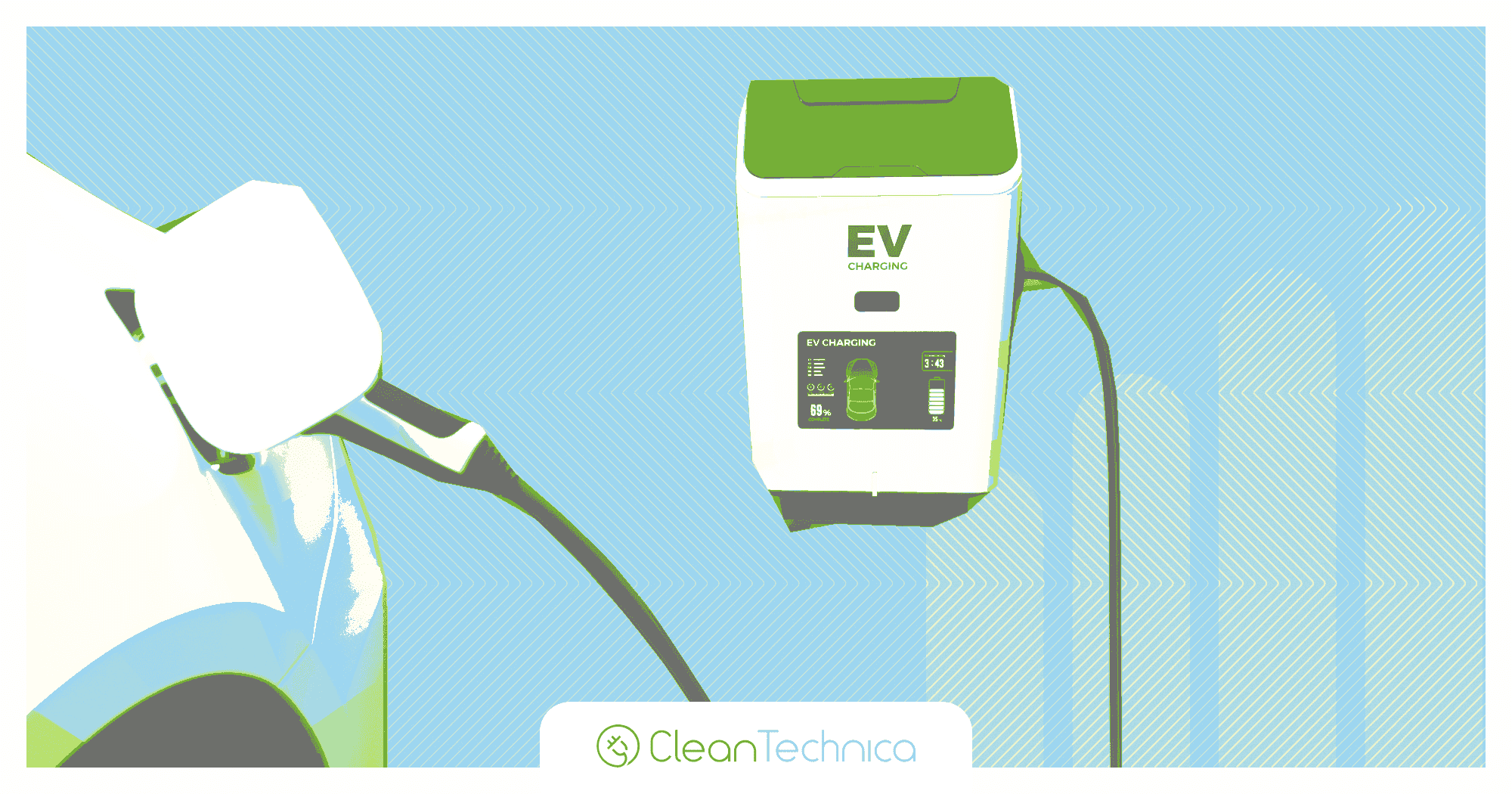Sign up for daily news updates from CleanTechnica on email. Or follow us on Google News!
General Motors (GM) has finally announced it is resuming sales of its Chevrolet Blazer EV. Software glitches prodded the company to pull the model from dealer showrooms while it resolved the issues, which were completed without any physical alterations to the vehicles. A major goal since has been to improve standardization of software across all company models.
Chevy Blazer EV drivers had complained of infotainment and charging systems problems. In fact, without the ability to recharge the battery, some drivers had no choice but to be towed. A software update solved the problems with touch-screen interface functionality and fast charging capabilities, according to Baris Cetinok, GM’s vice president of product, software, and services. Early customer feedback resulted in customizable multicolor ambient lighting and revised driver information graphics, including a battery percentage display.
GM developed a new infotainment system for the Blazer EV which replaces the Apple CarPlay, which had problems interfacing with GM’s software and went black. GM hired a former Apple executive to lead its newly formed software unit. The software changes in coding also revived the vehicle’s ability to communicate with certain public EV chargers.
Inside EVs wrote that emails they received from Blazer EV early adopters contained “a tone of frustration, as many of the afflicted owners have said that they don’t feel that the service departments truly know what is wrong with their vehicles, or how to fix them.”
Cetinok explained that a testing matrix required repeat rewriting, frequent coding tests, and physical on-road testing across the country. “There is not this singular, predominant root cause that causes all of these issues,” Cetinok told CNBC. “It’s circumstances and rare cases coming together.”
 Chip in a few dollars a month to help support independent cleantech coverage that helps to accelerate the cleantech revolution!
Chip in a few dollars a month to help support independent cleantech coverage that helps to accelerate the cleantech revolution!
GM will apply the same fix by updating production standards in its entire EV fleet, and strengthen its software quality validation testing for future vehicles. Dealers saw a 2-week delay in February as 2024 GM midsize trucks Chevrolet Colorado and GMC Canyon were upgraded to the new standards to address intermittent software quality issues.
Automakers are embracing automation and infotainment development to meet customer expectations regarding performance, comfort, and utility. Yet thousands of new car owners are similarly haunted by software issues like those of the Blazer EV; some disgruntled EV drivers are joining class-action lawsuits that accuse automakers of selling vehicles with faulty electronic systems. Plaintiffs describe malfunctioning dashboard displays as a serious distraction and potential safety hazard.
As they attempt to convert at least some of their fleets to EVs, the industry’s reliance on dozens of concealed computers embedded throughout their vehicles is halting a successful transition. Software issues are proving to be major obstacles to the transition to transportation electrification.
To jumpstart Chevy Blazer EV sale, GM has reduced the cost of several Blazer EV models by about $6,000. But that’s not the only pricing incentive for the Blazer EV — don’t forget the Biden administration’s $7,500 tax credit from the 2022 Inflation Reduction Act that you can take at a point of sale. (GM changed materials sourcing so the Blazer EV would qualify for the full incentive.)
You can drive a new standard issue Blazer EV off the showroom floor for just over $50,000. That price tag amounts to around $6,520 less than it would’ve cost in August, 2023. Pricier Blazer EV RS models will be reduced by $5,620 to starting prices of $54,595 for all-wheel drive, or $56,170 for rear-wheel drive.
The internal combustion engine (ICE)-powered Blazer has an entry price tag of between roughly $37,000 and $48,000.
GM’s Foray into EVs
GM was all smiles in 2022 when it announced the upcoming Chevrolet Blazer EV, an all-electric midsize SUV. Available in a performance boosting SS trim and based on GM’s Ultium platform. the model would offer “eye-catching design, technology, and style to give you the confidence to cruise through the roads ahead regardless of where your journey takes you.”
GM told investors on its earnings conference call in January, 2024 that it plans to sell 200,000 to 300,000 EVs this year in North America, but CEO Mary Barra said it would adjust if needed. GM sold 75,000 EVs in 2023, with the majority attributed to the Chevrolet Bolt compact and the slightly larger Bolt EUV.
As Bloomberg notes, battery manufacturing issues have kept production of its EVs to small numbers and software problems have forced the company to hold some EVs longer for trouble shooting or stop sales altogether.
The environmental benefits of EVs will be compelling, GM CEO Mary Barra said at GM’s January 30, 2024 conference call for investors and analysts. She also was firm that EVs need to be deployed in strategic segments as the nation continues to build its charging infrastructure. The world is changing quickly, the GM CEO noted, “whether it’s EV, whether it’s software, autonomy, etc.” In the meantime, hundreds of millions of lines of new code are being written, checked, debugged, and secured against hackers as vehicles are being converted to supercomputers on wheels. All these lines of code run every time a driver makes a trip to work and back.
“If I could go back — recognizing manufacturing is a competitive advantage for us,” Barra said recently at a major tech conference. That comment came even though GM abandoned its plan to build 400,000 EVs from 2022 through mid-2024 to maximize profitability. “But as we were manufacturing some new things,” she acknowledged that the company might have concurrently been “spending more time in planning and risk assessment.”
Final Thoughts about the Chevy Blazer EV Reissue
I’m one of those people who benefited from a GM restart. When I was trying to decide which used EV to purchase in 2023 to use while I summered at my Connecticut cabin in the woods, a 2017 Chevy Bolt was mighty appealing. With a new battery system that came with an 8-year warranty, it was like I was getting a brand new car. I’m in the process of getting a $4000 used EV tax credit this April, which makes the previously owned Bolt look even sweeter.
Meanwhile, my Florida neighbor waited over a year past the promised delivery date for his Cadillac Lyriq luxury EV. GM engineers needed to resolve software problems and other production issues. It’s been a tough slog for some of these legacy automakers to reimagine their identities.
Have a tip for CleanTechnica? Want to advertise? Want to suggest a guest for our CleanTech Talk podcast? Contact us here.
Latest CleanTechnica TV Video
CleanTechnica uses affiliate links. See our policy here.





